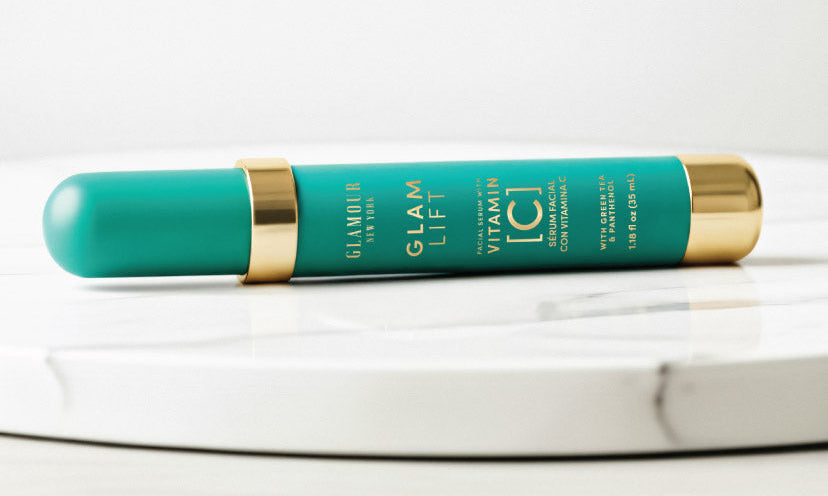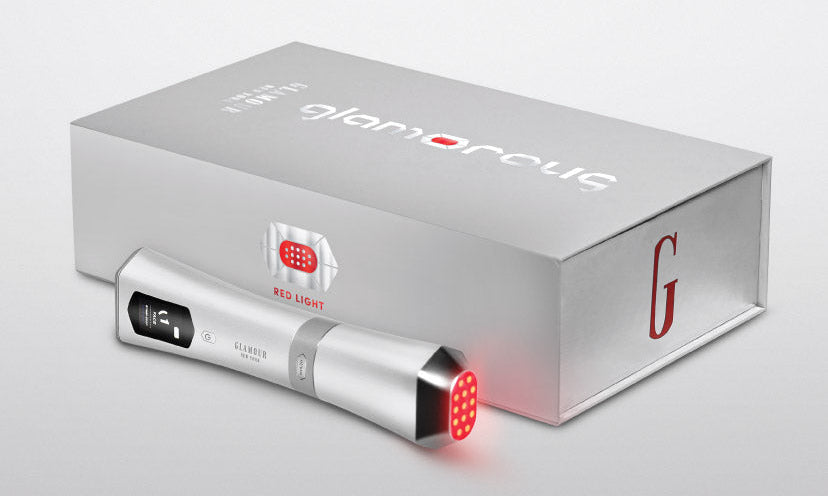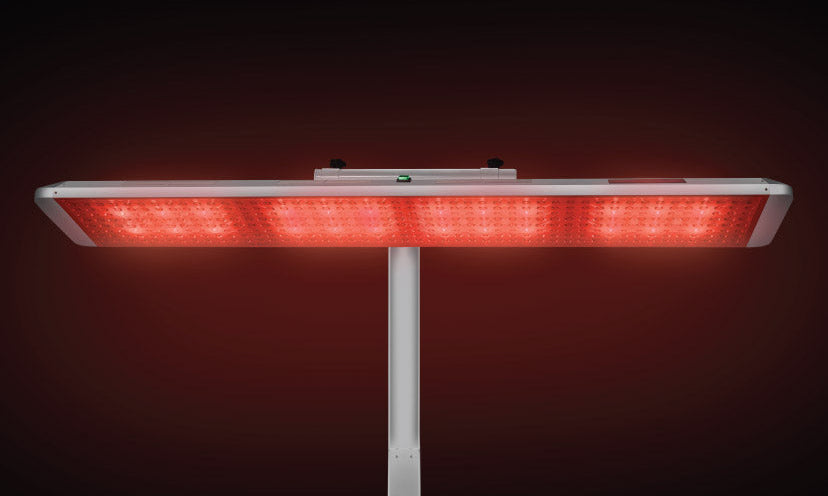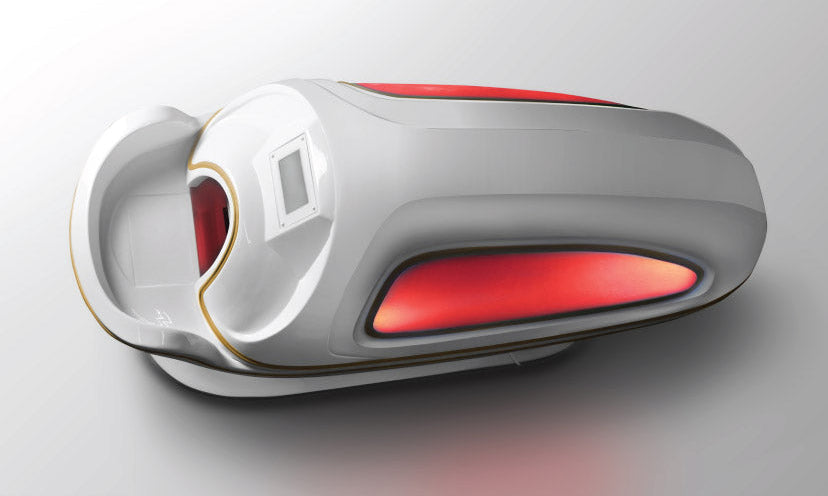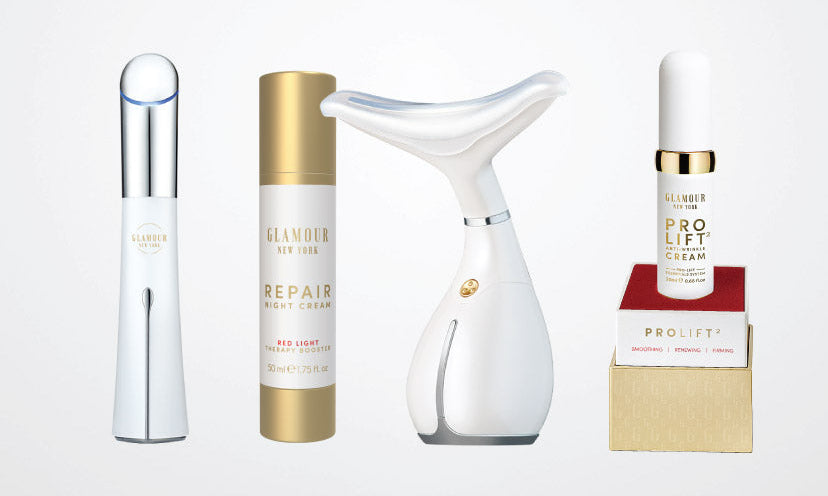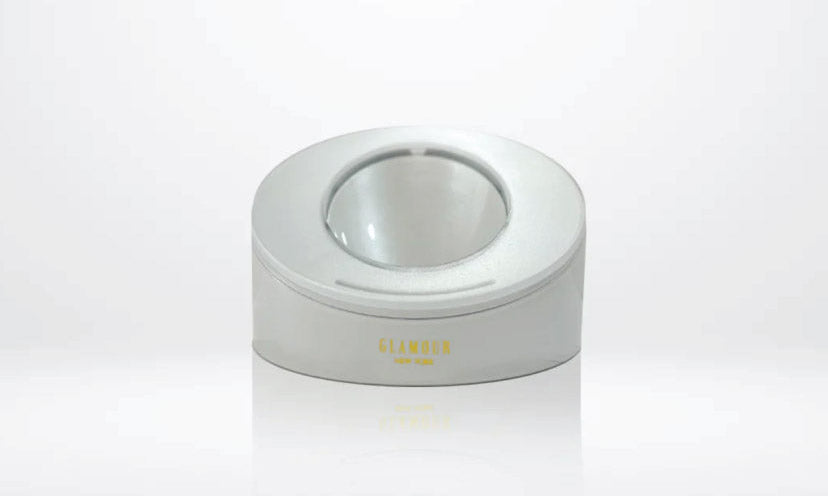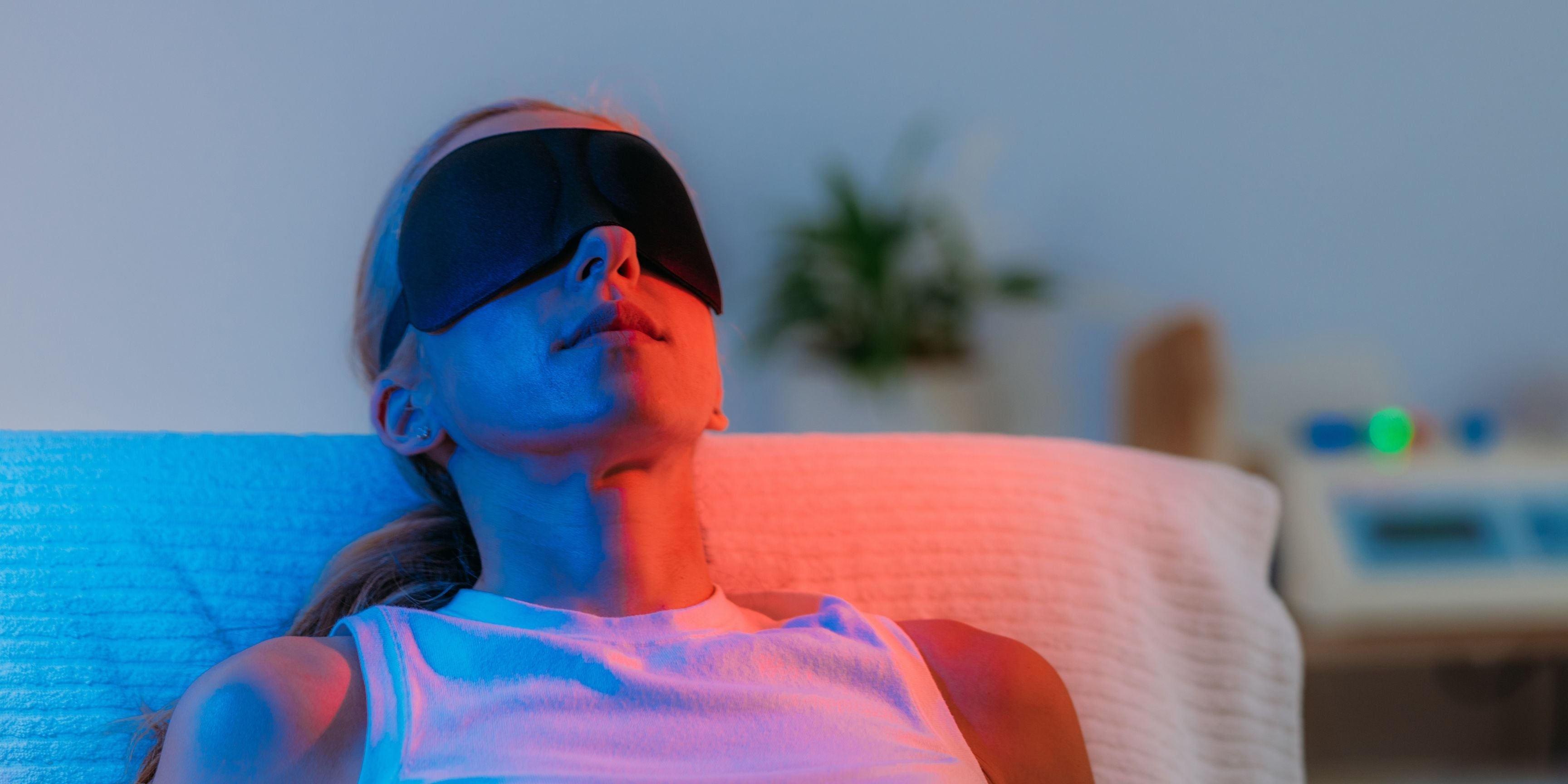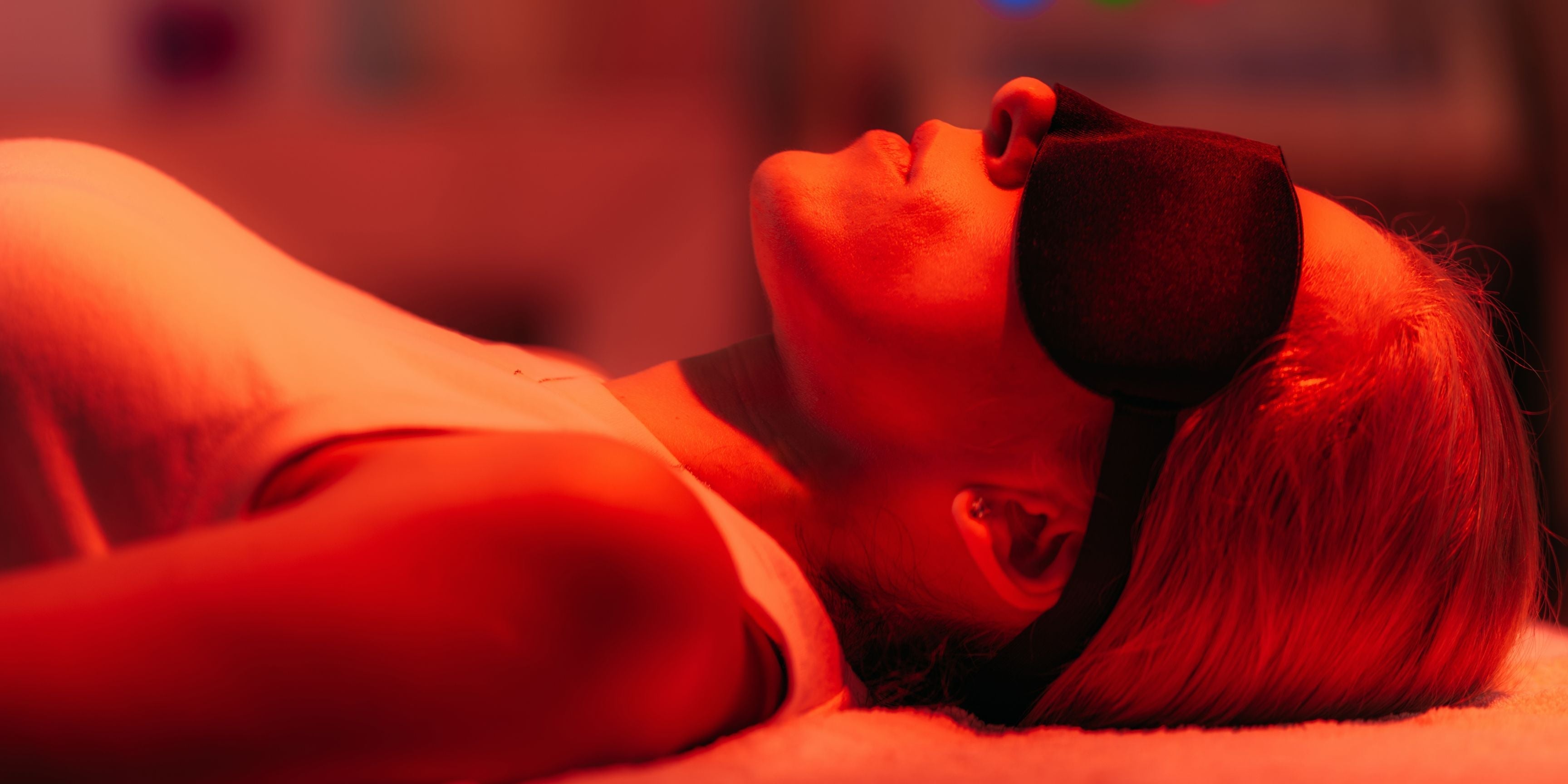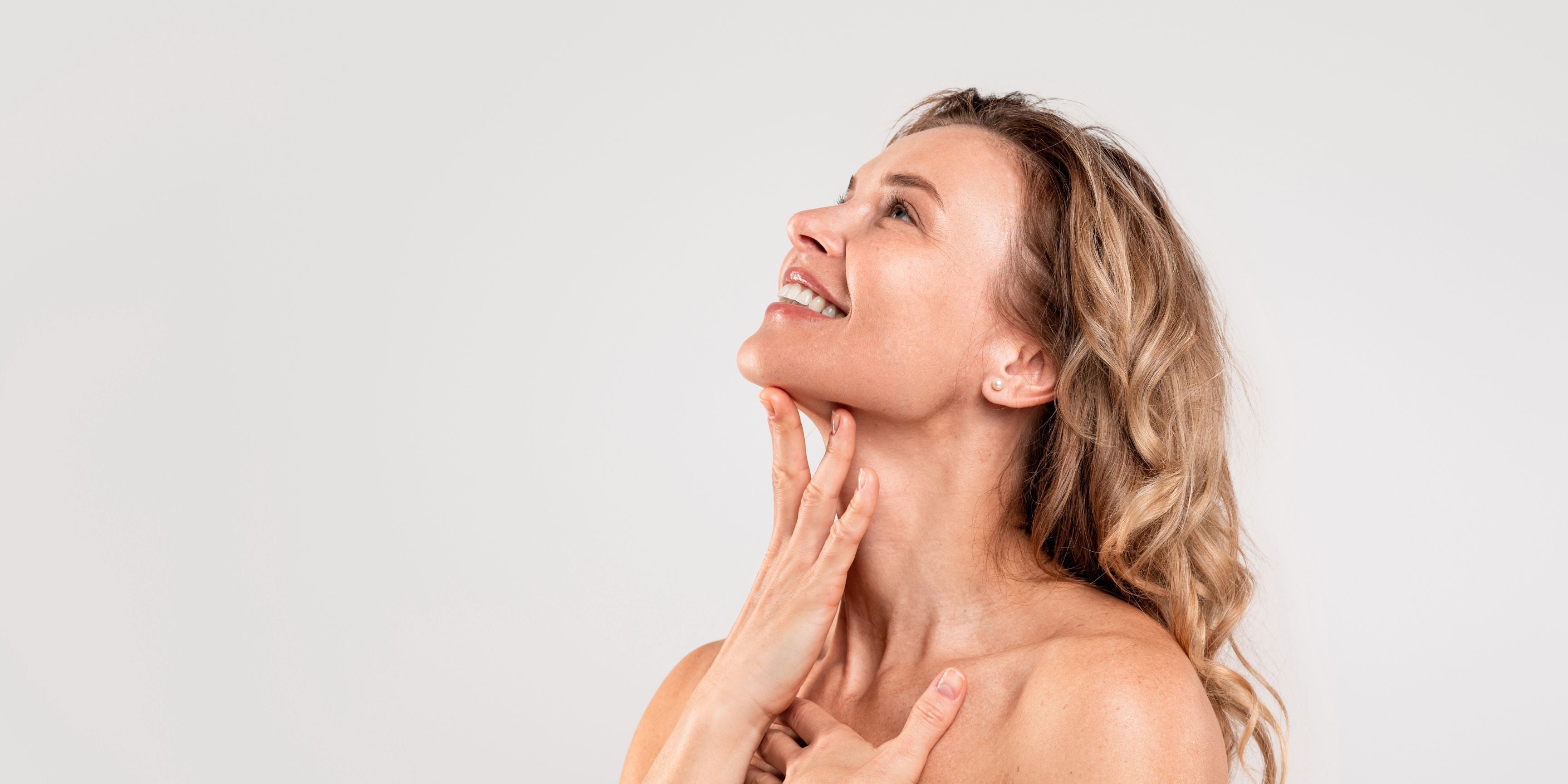Introduction: Why Light Therapy Is Taking Over Skincare & Wellness
From celebrities to dermatologists, LED light therapy devices have become a go-to solution for people looking for non-invasive skin treatments. Whether you’re battling acne, fine lines, or just want healthier skin, light therapy has emerged as a safe, science-backed option.
But many people ask the same question: what is the difference between red and blue light therapy? Should you use one over the other—or combine both?
This guide breaks down red light therapy vs blue light therapy, explains how they work, highlights benefits and differences, and helps you decide which treatment fits your skincare needs.
What Is Red Light Therapy?
How Red Light Therapy Works
Red light therapy, also called low-level light therapy (LLLT), uses wavelengths typically between 630–700 nm. These penetrate the skin at a cellular level, stimulating mitochondria (your cells’ powerhouses) to produce more energy (ATP). This boost in energy promotes collagen stimulation, tissue repair, and inflammation reduction therapy.
Benefits of Red Light Therapy for Skin & Body
- Anti-aging light treatment – helps reduce fine lines, wrinkles, and sagging skin by boosting collagen.
- Skin healing with light – speeds wound recovery and reduces redness.
- Pain and inflammation relief – often used in sports therapy and arthritis management.
- Improved circulation – supports overall skin rejuvenation and wellness.
According to a study in Photomedicine and Laser Surgery, red light therapy significantly improved skin tone and collagen density after 12 weeks of consistent use (source).
Common Conditions Treated with Red Light
- Wrinkles and fine lines
- Sun damage and hyperpigmentation
- Scarring and stretch marks
- Joint pain and muscle recovery
What Is Blue Light Therapy?
How Blue Light Therapy Works
Blue light therapy uses shorter wavelengths, typically 405–470 nm, that target the surface of the skin. Blue light penetrates the sebaceous glands, killing acne-causing bacteria (Propionibacterium acnes).
Benefits of Blue Light Therapy for Skin Health
- Acne light treatment – reduces breakouts by eliminating bacteria.
- Oil control – decreases sebaceous gland activity.
- Improves skin clarity – reduces blackheads and clogged pores.
Common Conditions Treated with Blue Light
- Mild to moderate acne
- Inflammatory acne lesions
- Precancerous skin conditions (actinic keratosis, in clinical settings)
Research in the Journal of Clinical and Aesthetic Dermatology confirms that blue light therapy for acne can reduce breakouts by up to 70% after 8 weeks of consistent sessions.
Red Light Therapy vs Blue Light Therapy: Key Differences
| Feature | Red Light Therapy | Blue Light Therapy |
|---|---|---|
| Wavelength | 630–700 nm | 405–470 nm |
| Penetration Depth | Deeper (into dermis & muscles) | Shallow (epidermis only) |
| Best For | Wrinkles, collagen boost, inflammation, healing | Acne, oil control, bacteria elimination |
| Skin Benefits | Anti-aging, rejuvenation, repair | Clear skin, reduced breakouts |
| Treatment Time | 10–20 minutes per session | 10–15 minutes per session |
Red Light Therapy vs Blue Light Therapy for Acne
- Blue light directly kills acne bacteria.
- Red light reduces inflammation, redness, and helps acne scars heal.
- Together, they provide a comprehensive acne treatment protocol.
Red Light Therapy vs Blue Light Therapy for Anti-Aging
- Red light is superior for wrinkles, elasticity, and overall skin rejuvenation.
- Blue light has minimal anti-aging benefits but helps prevent acne that contributes to premature aging.
Safety, Side Effects, and Who Should Avoid Each
Both therapies are considered safe, with minimal side effects such as temporary redness or dryness. Those with photosensitivity or on certain medications (like tetracyclines) should consult a dermatologist.
Can You Use Red and Blue Light Therapy Together?
Combined LED Therapy for Best Results
Yes, you can use red and blue light therapy together. Many at-home light therapy devices combine both wavelengths to deliver a holistic approach: blue light fights acne, while red light reduces inflammation and supports healing.
At-Home Devices vs Professional Treatments
- At-home red and blue light therapy devices are cost-effective and convenient.
- Professional dermatology LED therapy may deliver faster results with higher intensity.
- For best outcomes, consistency matters more than strength—daily or weekly use builds cumulative benefits.
Choosing the Right Light Therapy for Your Needs
Which Is Best for Acne, Wrinkles, and Skin Rejuvenation?
- Acne-prone skin: Blue light therapy is best for killing bacteria.
- Aging skin: Red light therapy boosts collagen and reduces fine lines.
- Mixed concerns: Choose a combination device.
Factors to Consider When Buying At-Home Devices
- Wavelength accuracy (red: 630–700 nm, blue: 405–470 nm)
- FDA-cleared or clinically tested devices
- Treatment area size (mask vs handheld vs full-body panel)
- Price vs frequency of use
Top Recommended Red & Blue Light Therapy Devices
- LED face masks with dual red + blue modes
- Handheld wands for spot treatments
- Full-body LED panels for professional-level results
FAQs About Red and Blue Light Therapy
Is red light therapy better than blue light therapy?
It depends, red is best for anti-aging and healing, while blue is best for acne control.
How often should you use red vs blue light therapy?
Most people benefit from 3–5 sessions per week for 8–12 weeks, then move to maintenance (1–2 sessions weekly).
Are at-home LED light devices safe and effective?
Yes, as long as they are FDA-cleared and used consistently. Safety goggles are recommended for higher-intensity panels.
What results can you expect before and after treatment?
- Red light therapy before and after: smoother skin, fewer wrinkles, improved tone.
- Blue light therapy before and after: fewer breakouts, less redness, clearer pores.
Making the Right Choice for Your Skin and Health
So, is red light therapy better than blue light therapy? The answer depends on your skin goals.
- Choose blue light therapy for acne and oil control.
- Choose red light therapy for anti-aging, collagen, and healing.
- Choose a combination device if you want the best of both worlds.
With consistent use, phototherapy can transform your skin naturally, without harsh chemicals or invasive treatments.

